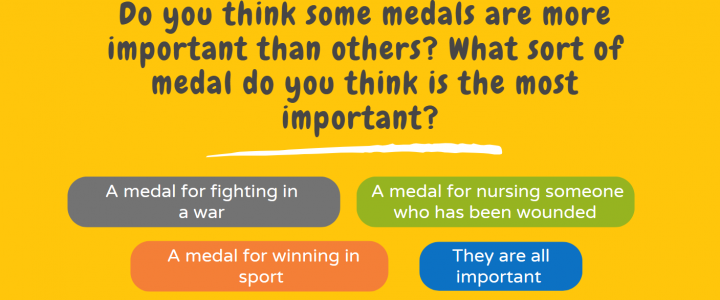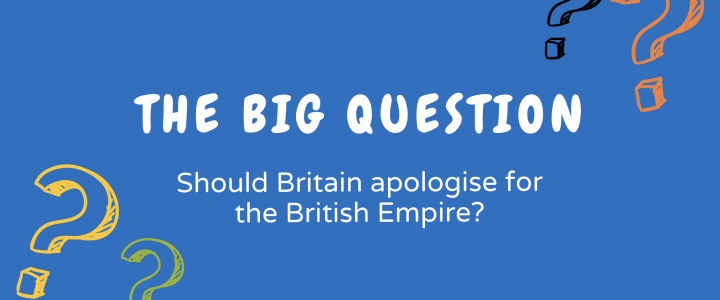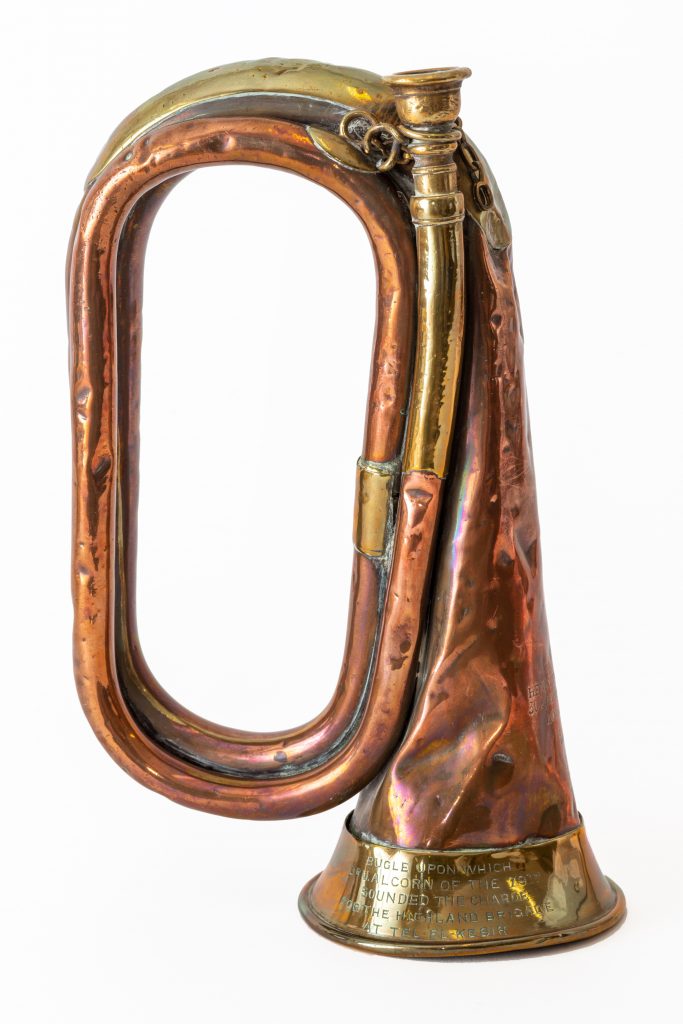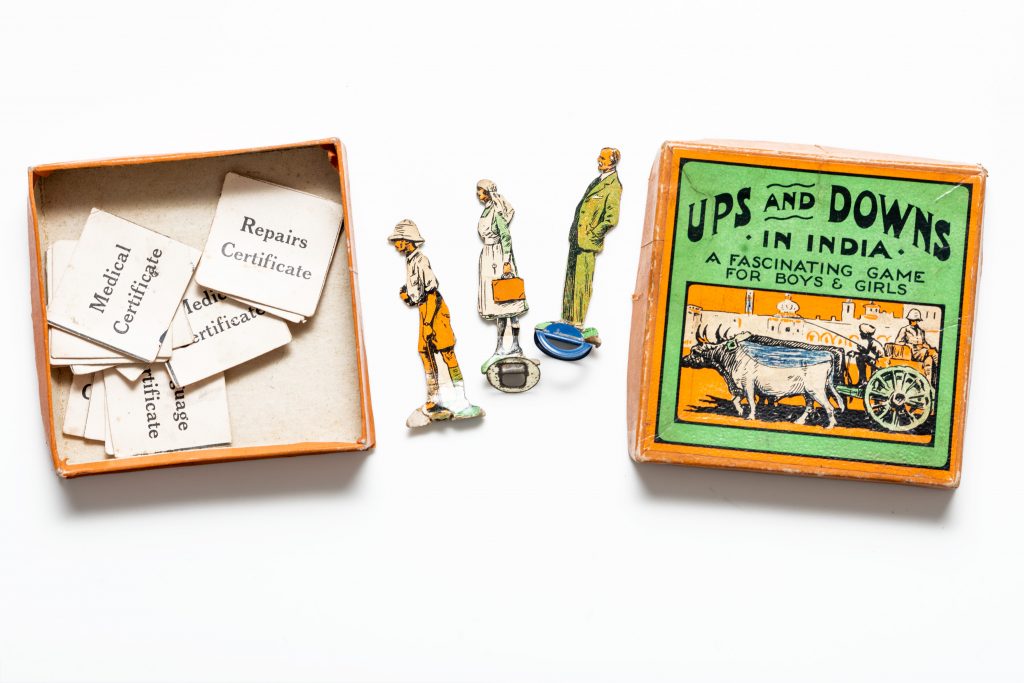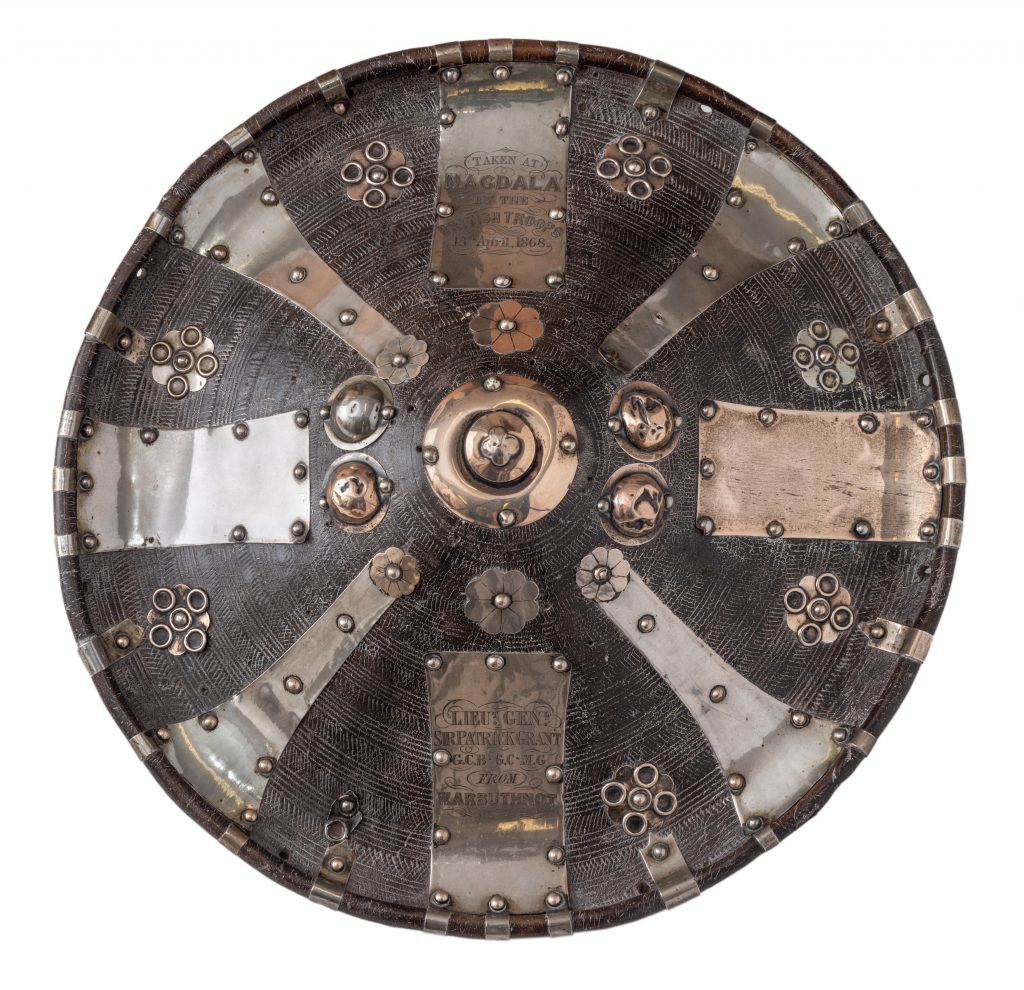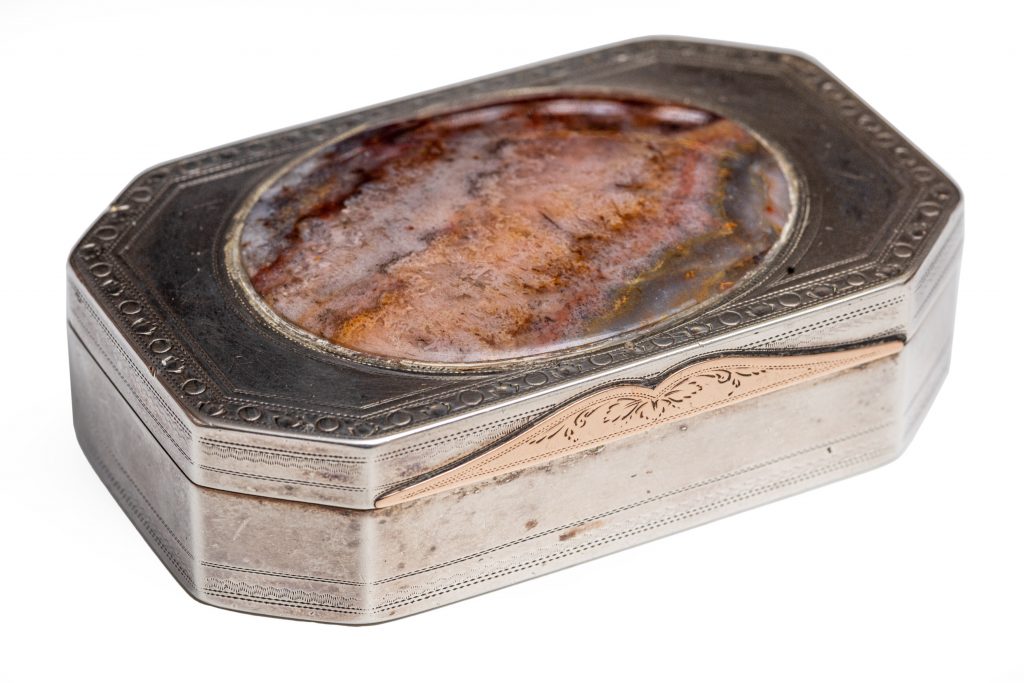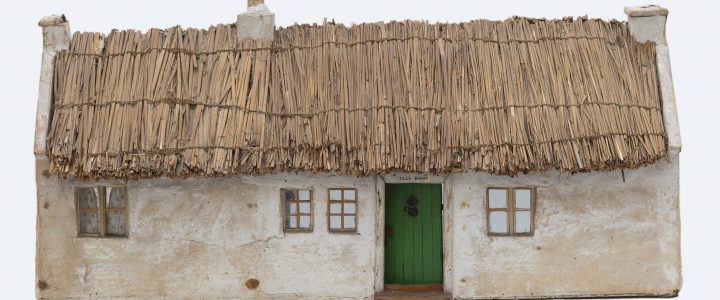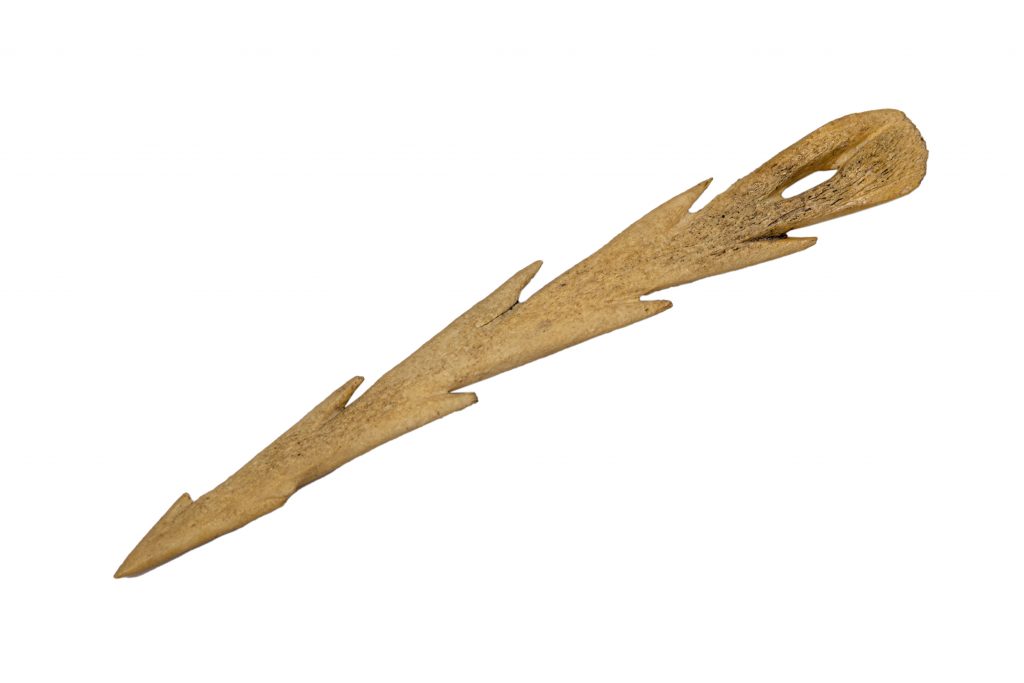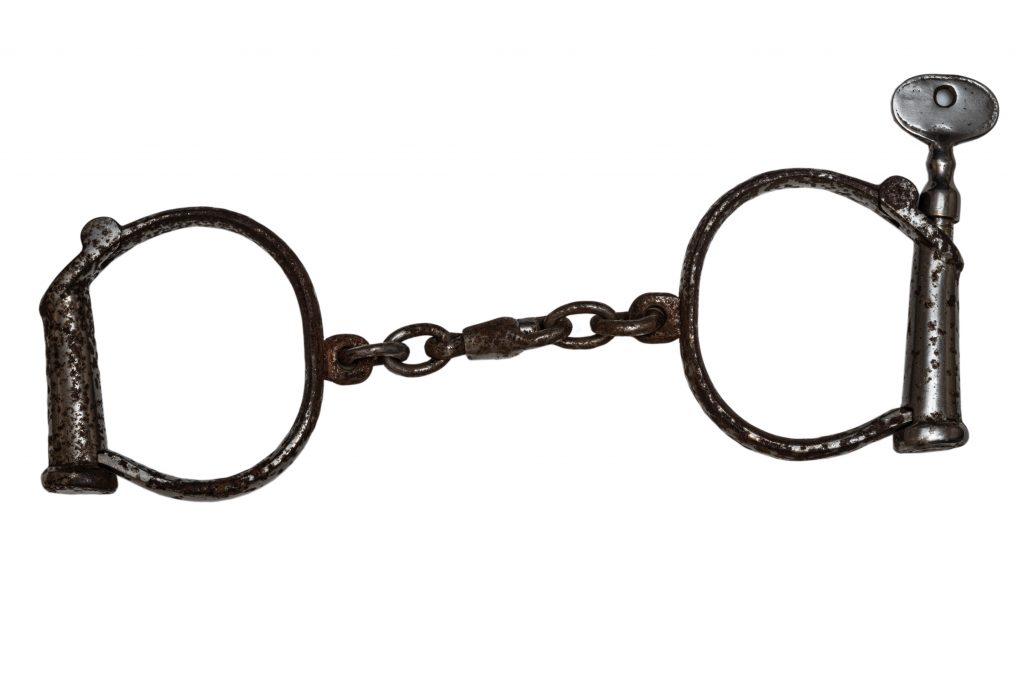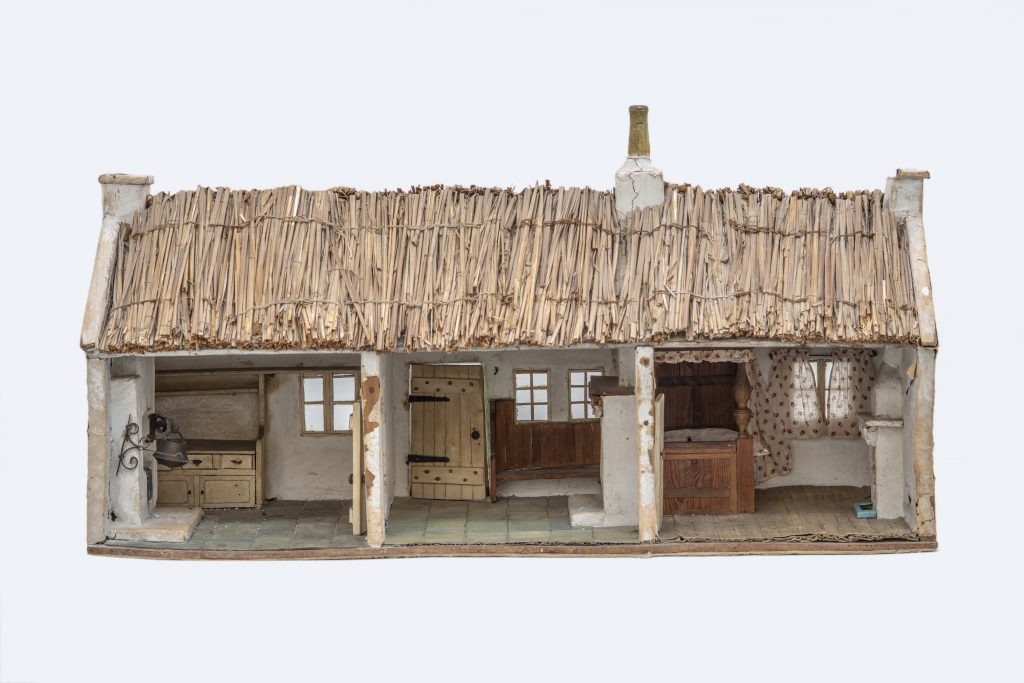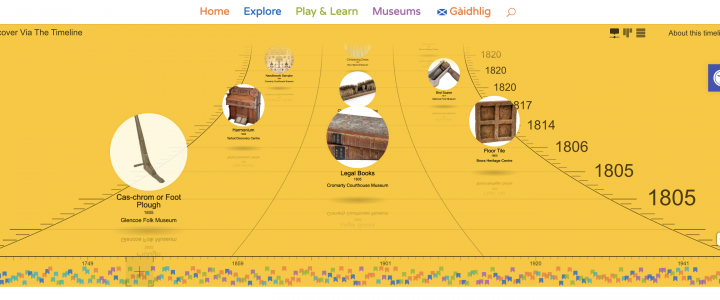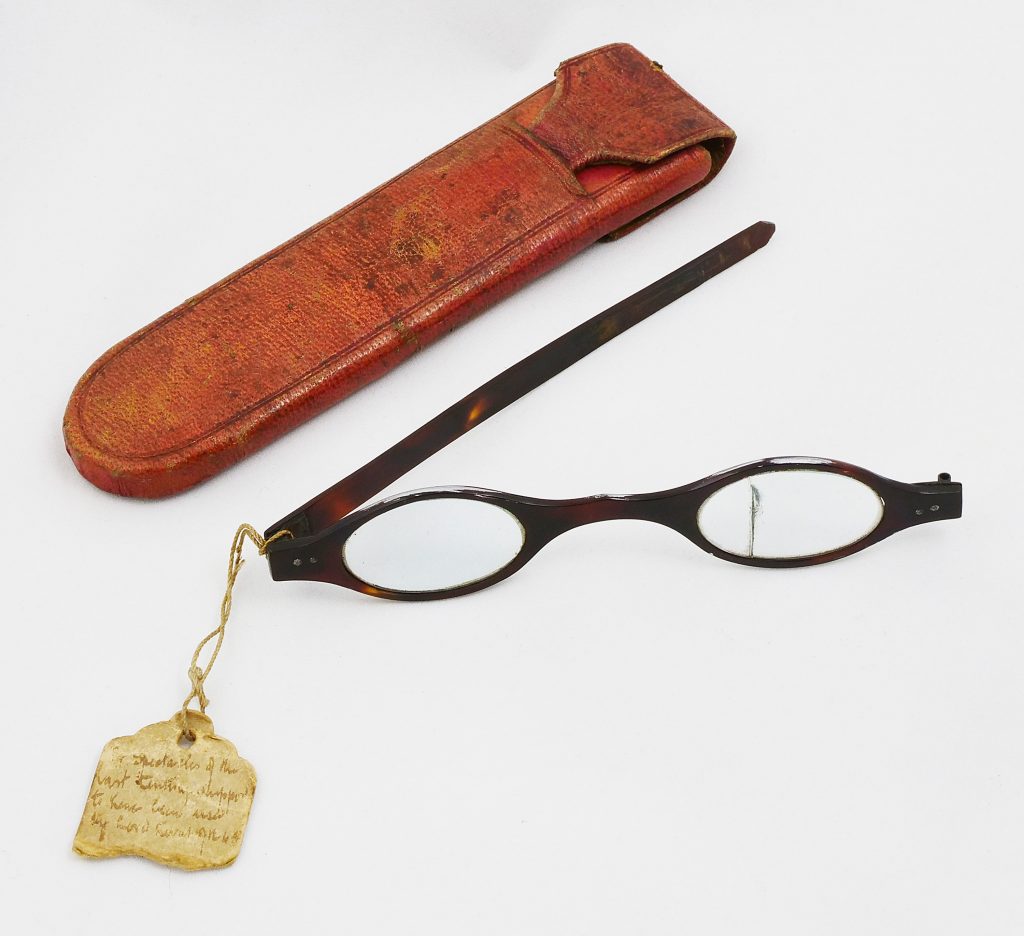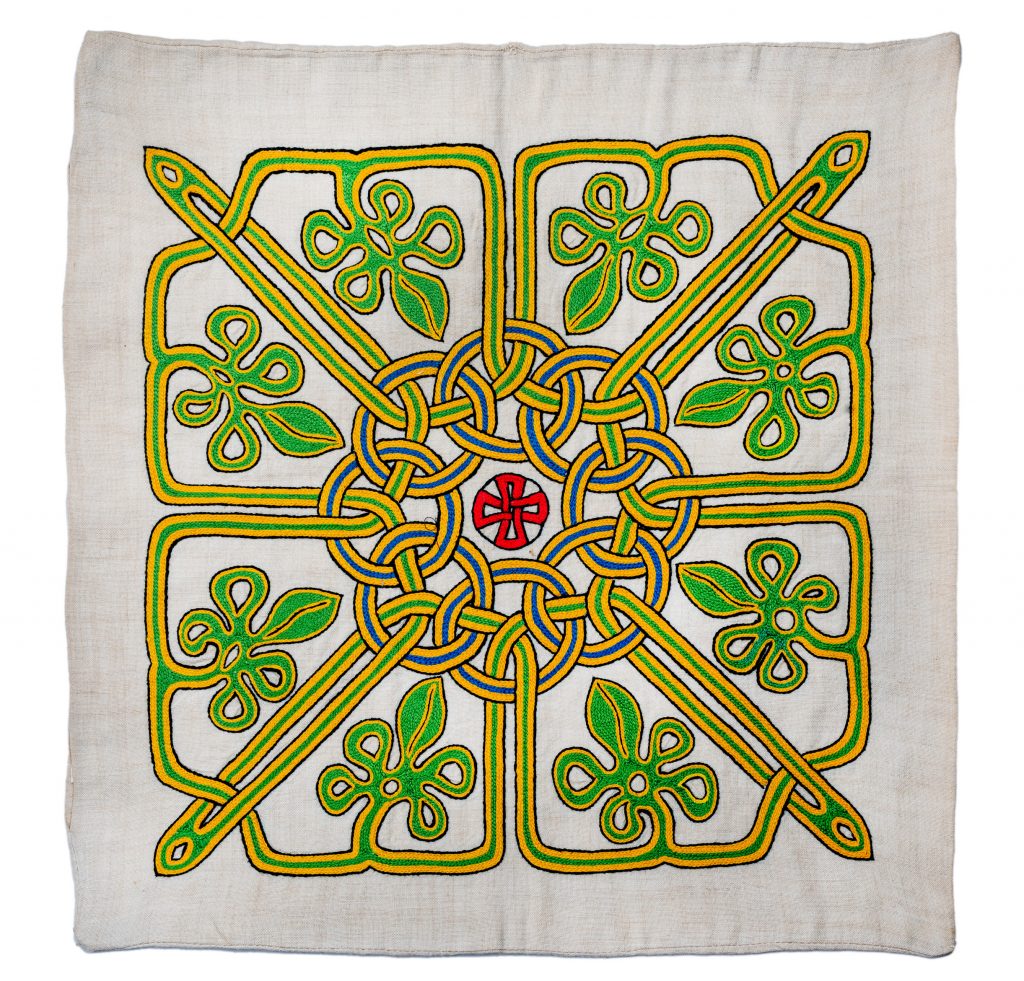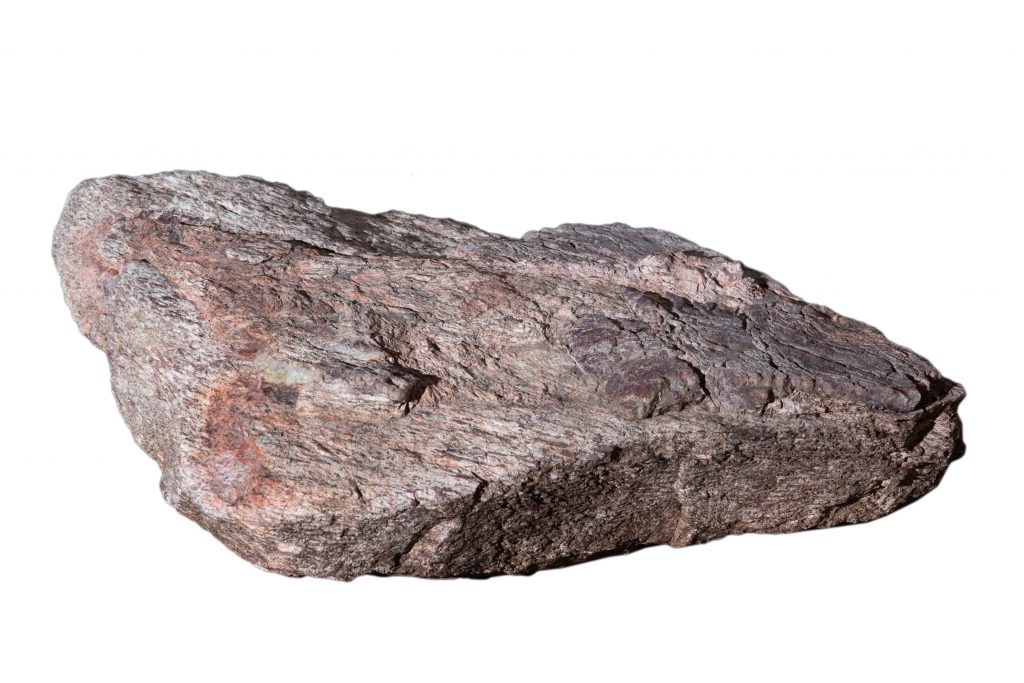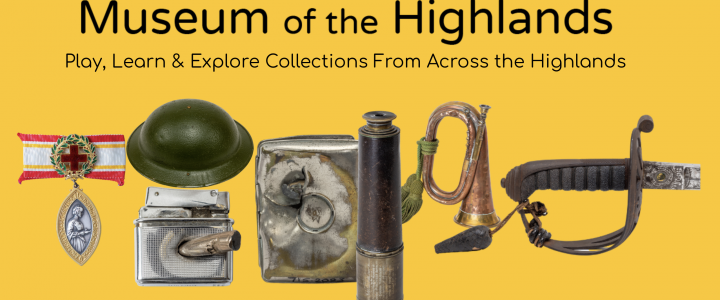A year ago, when starting to consult Highland teachers on priority areas in their work, ‘pathways to the workplace’ and ‘careers education’ were raised frequently in these conversations. In this blog, Rosie Barrett (digital education specialist) discusses our approach to integrating these priorities into our object based learning model for Museum of the Highlands.
Supporting young learners to access future employment features in many school development plans for the region. The Scottish education system has long been committed to providing a comprehensive and well-rounded education for young people. A crucial element of the Curriculum for Excellence, known as Planning for Choices, focuses on equipping students with the necessary skills and knowledge to make informed decisions about their future career paths. At a basic level, most of us would agree that preparing young people for their future is what teaching is all about.
We worked hard on this as a project team throughout, constantly pushing ourselves to develop activities that helped with the skills and qualities that young people need in the 21st century, including critical thinking, creativity and empathy. However, I was also intrigued about whether we could take this even further.
Selecting a starting point
All the objects found on Museum of the Highlands are divided into one of five chosen themes. From the initial teacher consultation, it was clear one of these themes should focus on employment – we call it ‘World of Work’.
Deciding to create a section on the website dedicated to the world of work meant when staff and volunteers across the fifteen participating museums were selecting objects for the project they included objects that could support this theme and tell of how Highlanders made a living over the centuries and what the working world looks like today.
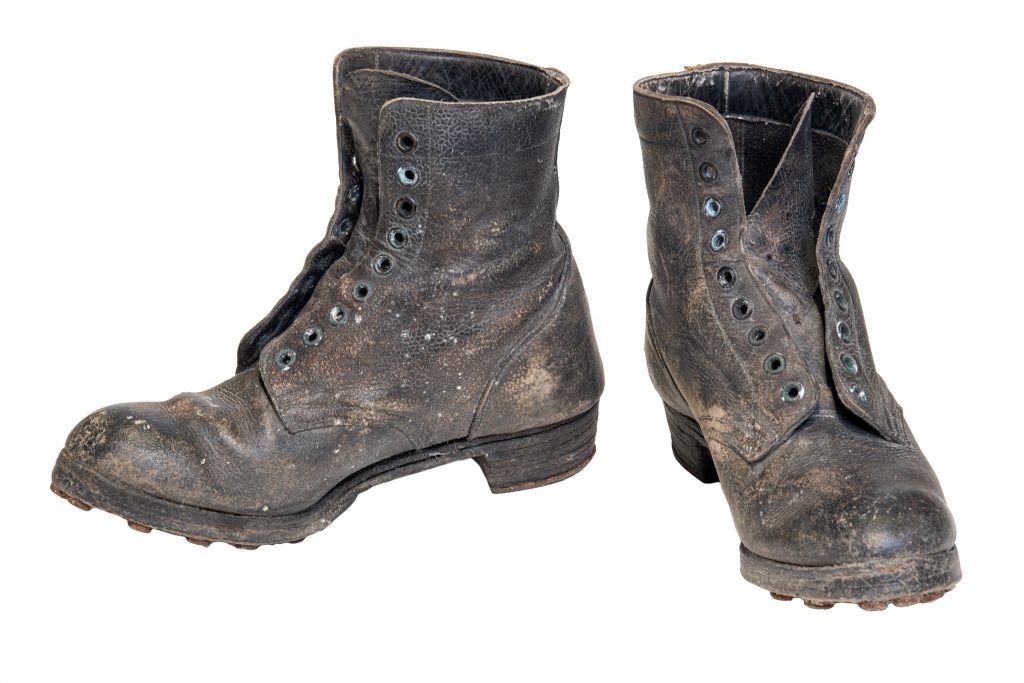
In this theme a focus on the Ballachulish slate quarry is drawn out. A pair of leather quarry-workers boots may look unassuming at first, but the metal inserts on the toes and heel produced an unusual ‘tack’ sound when walking and they were referred to as tackity boots – a term still used today.
Once objects were selected we could be quite playful with them. Staff at Glencoe Folk Museum recorded this unusual ‘tack’ sound for us for the activity ‘What’s that Noise’. Now, teachers can play the recording for their class and guess what is making the strange sound. For a moment, you’re right back, hearing sounds that the people of the past heard. It’s a great way for pupils to learn about local industry and the life of quarry workers. It’s also a route into discussing other issues about the workplace, such as health and safety, what other features working boots have to protect the wearers, or even design features of footwear today.
A series of fun quizzes also allows younger children to be introduced to a range of historic jobs by asking ‘Could You Survive?’ These activities explore topics such as working in a coal mine, as a lighthouse keeper or in the fishing industry.
Raising aspirations through expertise
We were keen to address raising aspirations for Highland learners. We wanted to showcase some amazing career opportunities while supporting schools to fulfil the Curriculum for Excellence. One element stood out for us – “Effective teaching harnesses the experience and expertise of different professions to make specialist contributions.”
A really exciting part of the project was a set of careers videos, called ‘In Their Hands’ – the clue is in the name. We were very privileged to work with experts in their fields, men and women with fascinating careers who were able to offer some unique insights into the historical objects in the museum collections. We literally placed the objects in their hands to see what they made of them.
The resulting videos challenged those of us in the museum sector to see these objects in different ways, but also genuinely support by highlighting careers through our video content. By setting careers within a clear historical context, we were able to look to how they might develop in the future, too.
When we asked a judge to explore items from a historic courtroom, we also discovered why and how the Law evolves. When an anaesthetist explored the transformative role of chloroform in surgery, he was able to provide insights into the workings of the medical profession, and the principles and priorities that underpin careers in that sector. Other professionals included an archaeologist discussing an archaeology technique from the past that went wrong, a geologist talking about famous Highland geologist Hugh Miller based on a carving he made, and an award-winning writer exploring how she was inspired by a Highland glen.
We hope the videos will be inspiring for young learners – and we hope they’ll be well used. We worked with a class of young people from Ullapool High School to find out what they wanted to know about careers. They were keen to find out how hard it is to get published as a writer. They wanted to know how many people a judge had sent to prison and what the worst conditions a geologist had ever worked in. If you’re intrigued, you can find the answers in the ‘In Their Hands’ section of the website.
The stories we tell.
Good career guidance can also help students to overcome barriers and stereotypes that may hinder choices, including those based on gender or socio-economic background. In response to this, we included stories of real historic Highlanders from a range of fascinating backgrounds and careers.
Visitors to the Museum of the Highlands website can explore the inspirational story of Megan Boyd. Known to many through the 2013 film Kiss the Water, Megan was an expert salmon fly-tyer, much in demand including by royalty. She challenged gender stereotypes within her lifetime but also worked very long hours. We were able to explore her story and open up discussions about the working world today – the difference between a job or a vocation, for example, the importance of being ourselves, and healthy attitudes to work-life balance.
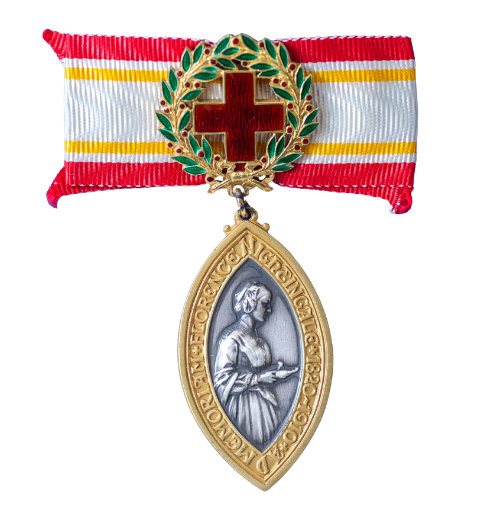
Another inspirational female featured is Red Cross Nurse Janet Adams. We focused on just one aspect of her long and varied career, when she supported in the aftermath of Hurricane Janet during the 1950s. Another story shares the unusual mountaineering career of Hamish MacInnes, inventor of an ice axe known to have saved many lives. This story poignantly explores the impact of old age on this famous Highland character.
A lot of my work as an education consultant is based around how we can move passive learning experiences (like reading a story), into more active ones (engaging with a story at a deeper level). We were able to do that through Museum of the Highland by making the stories interactive, incorporating a range of questions into the text. We tried to make these fun, engaging and thought-provoking. Crucially, in many cases there are no right or wrong answers to the questions, just lots of opportunities for young people to decide how they feel about the topics.
What is crucial about all these reflections on careers is that they give young people the chance to decide how they feel about their own attitudes to work, whilst opening up a world of possibilities of careers in the region through museum objects.
The Museum of the Highlands project was funded by Art Fund and Museums Galleries Scotland and is sponsored by Ilum Studio

